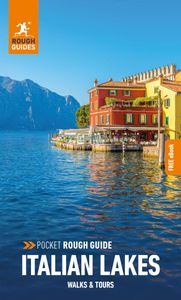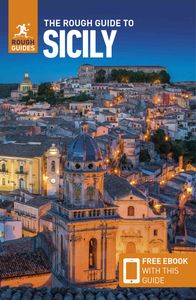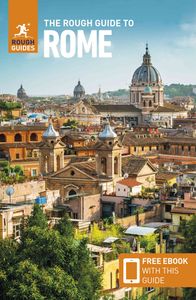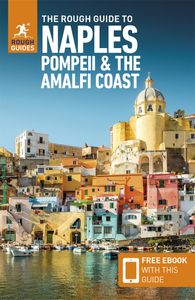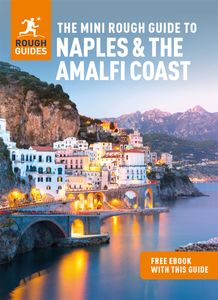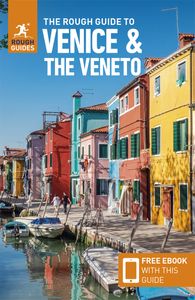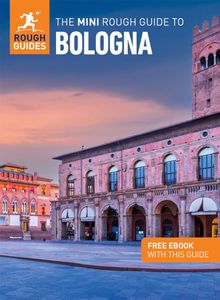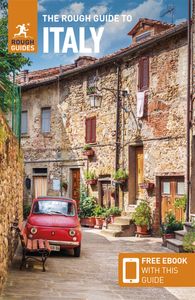Bevagna
The serene, attractive backwater of Bevagna is quieter and less visited than Spello, with a windswept central square of stark perfection. Dating from around the thirteenth century, Piazza S. Silvestri is flanked by two of Umbria’s finest Romanesque churches – both untouched and creaking with age. Look out particularly for the surreal gargoyles over the doorway of the larger church, San Michele. The piazza's fountain, which, while blending perfectly, was installed in 1889.
Montefalco
Montefalco is a pleasing and intimate medieval village that’s home to a superb collection of paintings. Its name, meaning Falcon’s Mount, was glorified with the appendage la ringhiera dell’Umbria – “the balcony of Umbria” – a tribute to its wonderful views. It was also the birthplace of eight saints, good going even by Italian standards. Nowadays the town’s sleepy rather than holy, with only a stupendously ugly water tower and very slight urban sprawl to take the edge off its medieval appeal.
The strong, blackberry-flavoured local wine, Sagrantino Passito, made from a grape variety found nowhere else in Europe, is well worth a try; it’s available in many shops around town. Recommended producers are Adanti and Caprai, also makers of the excellent Rosso di Montefalco. Local events include the Agosto Montefalchese (mid-Aug) – two weeks of cultural events and open-air concerts culminating in the Fuga del Bove, a bull race that has taken place here for centuries.
Complesso Museale di San Francesco
The cavernous ex-church of San Francesco, off the central Piazza del Comune, is now the Complesso Museale di San Francesco, housing the town’s big feature, Benozzo Gozzoli’s sumptuous fresco cycle on the life of St Francis. With Fra’ Angelico, Gozzoli was one of the most prolific and influential Florentine painters to come south and show the backward Umbrians what the Renaissance was all about. Resplendent with colour and detail, the cycle copies many of the ideas and episodes from Giotto’s Assisi cycle but, with two hundred years of artistic know-how to draw on, is more sophisticated and more immediately appealing.
Trevi
Road and rail south of Assisi and Spello run down the plain of Spoleto, past the light industrial sites that blight the whole stretch of the valley towards Terni and beyond. Not many people stop before Spoleto itself, giving Trevi and its towering position no more than an admiring glance. Its daunting inaccessibility is one of the reasons for its easy-going, old-fashioned charm; the feeling is of a pleasant, ordinary provincial town, unspoilt but beginning to feel the first effects of tourism. All around it are vast expanses of olive groves, renowned for producing central Italy’s finest oil.
Top image: Scenic sight in Spello, flowery and picturesque village in Umbria, province of Perugia, Italy © Stefano_Valeri/Shutterstock







